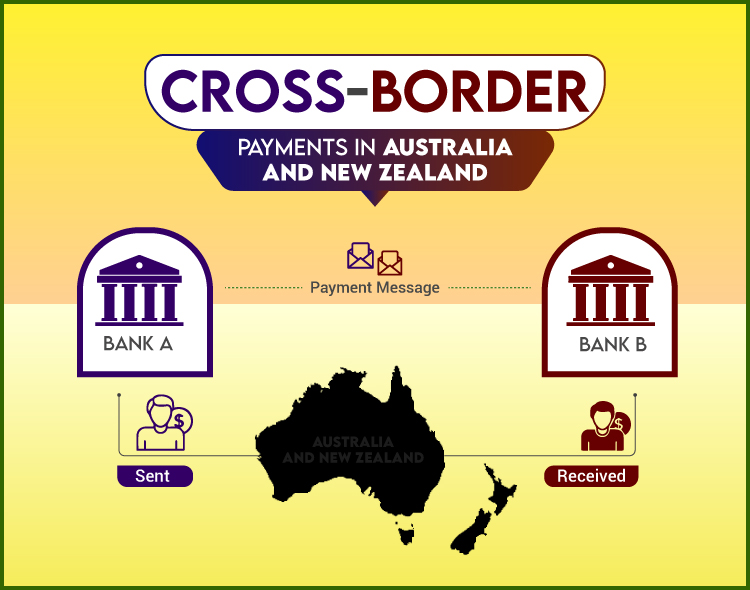Due to shifting consumer preferences, expanding emerging markets, and greater emphasis on financial inclusion, the trillion-dollar cross-border payments industry is primed for disruption.
A Closer Look at Cross-Border Payments in Australia-New Zealand
Over half of Australian online buyers buy things from other countries online and over a quarter of New Zealanders’ online spending is on goods from other countries.
For transfers to and from people, businesses, financial institutions, and settlement systems in at least two countries, see “cross-border payments.” These sums include both retail and wholesale purchases. By 2022, experts believe, the total value of all international financial transactions would have risen to US$156 trillion.
Costly transaction fees and time-consuming payment processing techniques are only two of the many historical problems plaguing the cross-border payments business.
Read: AI Dynamics In Financial Services- WEF
Improved return on investment (ROI) and more control over foreign payments and payment security are two outcomes of the worldwide push to modernize cross-border payment systems.
Regarding the newest ANZCERTA payment options
Australia and New Zealand have one of the world’s most extensive and varied bilateral economic and trade ties. The CER Agreement (Australia-New Zealand Closer Economic Relations Trade Agreement) is the legal basis for economic ties between the two nations.
Read: Top 10 Fintech CEO Watchlist
One of the most extensive bilateral free trade accords is the CER Agreement. It was the first agreement of its kind to incorporate free trade in services and encompasses nearly all trans-Tasman commerce in goods, including agricultural items. The major feature of the Agreement is the establishment of a Free Trade Area between Australia and New Zealand that complies with the rules of the World Trade Organization (WTO).
Why Is Australia’s Payment Revolution: The New Norm Important?
Revenue growth in Australia and the rest of the Asia Pacific region (excluding China) is predicted to be 7%, which is close to the 8% expansion predicted for India and Indonesia. China is a crucial market ahead of Australia because of how quickly and widely its urban populace adopts new technologies.
However, Australia is highly regulated in accordance with a strict deadline for enablement of its payment innovation charter. Australian consumer payment data reveals the rapid transition to digital was well underway before the outbreak.
Notable developments include:
- • The use of cash and ATM withdrawals for low-value transactions has decreased annually. In most consumer segments, e-payments have become the norm. In terms of card payments, debit cards are by far the most popular alternative (55% usage).
- • Many people, especially younger generations, are beginning to use alternative payment methods, most of which are enabled by mobile technology. Over eighty-five percent of Australians are familiar with Buy Now Pay Later, and over twenty percent have utilized the service.
How to Leverage Global Like a Local in Australia & New Zealand?
- Tighter regulation of overseas dealings.
- The flow of remittances (money sent overseas to family) has improved.
- By branching out into different areas, a company can spread out its risk.
- Added more customers.
Streamlining Exchange Rates Management for Maximum Profitability
- The Reserve Bank of Australia thinks businesses can do more to get people to sign up for and start using PayID, which is a service that verifies the recipient’s name before making a payment to them.
- By replacing BSB and account numbers with a user’s verified email address or mobile number, PayID streamlines financial transactions.
- By the middle of 2022, almost 10 million PayIDs had been registered in Australia, making up about 16 percent of total NPP payment traffic.
Read the latest article: 10 Best Applications Of AI In Banking
[To share your insights with us, please write to pghosh@itechseries.com ]
